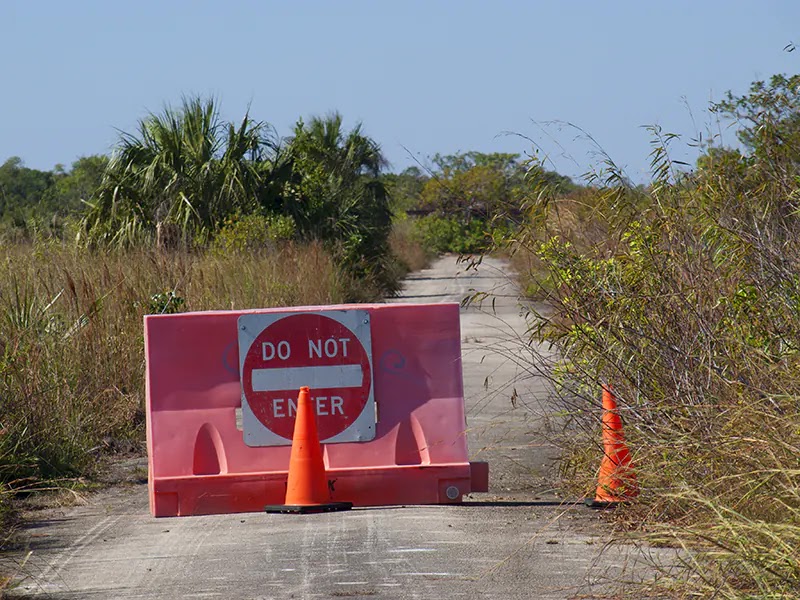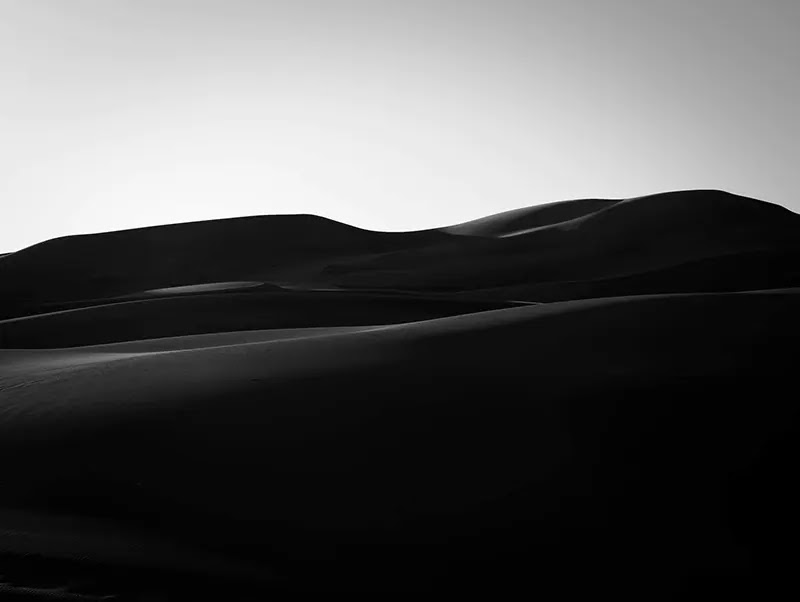Driving Rim Rock Drive in Colorado National Monument
 |
| Rim Rock Drive seen from a trailhead. |
Rim Rock Drive is a well maintained twisting road that follows the cliffs of the canyons of Colorado National Monument.
 |
| Sign at the western entrance. |
The road has stops along the way to all the canyons it crosses and interesting rock formations.
Most of the rocks here are from Jurassic times - they scream dinosaurs. They are between 150 and 200 years old, but the Precambrian rocks at the bottom of Monument Canyon are over a billion years old.
 |
| Independence Monument seen from Otto's Trail. |
The biggest and most interesting canyons in terms of structures are Wedding Canyon and Monument Canyon.
 |
| Independence Monument from another angle. |
They have the Independence Monument - the spot where John Otto married (check the previous post) -, the Pipe Organ and Praying Hands rocks, and the Sentinel at the entrance of Wedding Canyon.
 |
| Pipe Organ and Praying Hands. |
 |
| The Sentinel. |
Further inside are the Coke Ovens, formations that look like charcoal ovens.
 |
| The Coke Ovens. |
From Artist Point, one can see the wild red colors of the walls of Monument Canyon.
 |
| Colored cliffs. |
In the narrower Ute Canyon, we saw interesting rocks that remind an Egyptian sarcophagus and the remains of an ancient temple plus a huge fallen piece of the rim. Also played with echoes between the narrow walls.
 |
| Curious formations in Ute Canyon. |
 |
| Fallen boulder from the rim. |
In one of the stops on the rim of Ute Canyon there is a garden interpretative site with info about high desert plants.
 |
| Red Canyon. |
Red Canyon shows the effects of water in the transformation of this landscape.
The smaller, narrower and almost closed Columbus Canyon is interesting in the sense that it was inhabited for 12,000 years - I guess people felt safe down there.
 |
| Columbus Canyon. |
Going down to the eastern entrance of the national monument towards Grand Junction, we stopped and hiked a section of Serpents Trail.
 |
| The valley seen from Serpents Trail and the Book Cliffs on the horizon. |
This trail has around 20 switchbacks, and interestingly, it was an old dirt road that I wouldn't dare to drive.
 |
| Old photo of car on this trail. |
 |
| Serpents Trail road bed. |
I climbed some rocks here and took some pictures of the entrance to No Throughfare Canyon - no road goes through this canyon, only a hiking trail.
 |
| The rim road and entrance to the canyon. |
We finished the Rim Rock Drive adventure with a lunch in the Devils Kitchen Picnic Area.
 |
| Nice picnic building. |
Some rocks over us had devilish faces, but probably the spot got the name from the Devils Kitchen feature across the road.
 |
| The three ugly "faces" over the picnic area. |
The only missing canyon of this ride is Kodels canyon west from the western entrance - the rim road doesn't go there.
Kodels Canyon is named after a gold prospector that came to the Fruita area before the year 1900. He did not find any gold, but said otherwise and was determined insane after shooting people approaching his property fearing that they came to steal his imagined "gold".
Crazy old tales from the wild West.
(Posted from the phone.)



Comments
Post a Comment